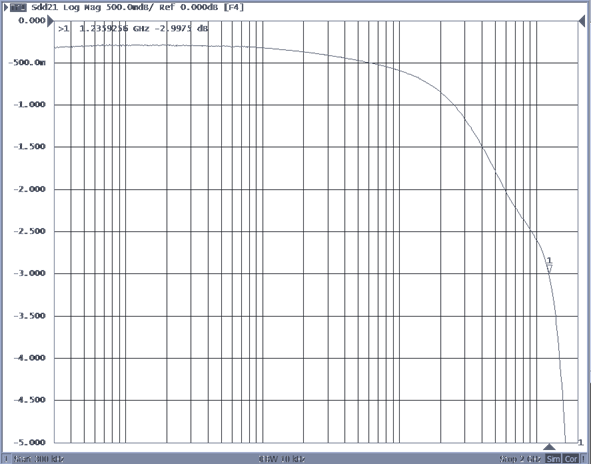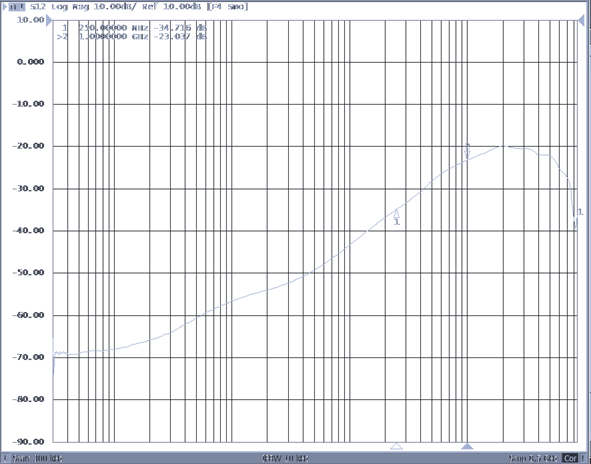SLUSDH1B may 2020 – april 2023 TPD3S713-Q1 , TPD3S713A-Q1
PRODUCTION DATA
- 1 Features
- 2 Applications
- 3 Description
- 4 Revision History
- 5 Pin Configuration and Functions
- 6 Specifications
- 7 Parameter Measurement Information
- 8 Detailed Description
- 9 Application and Implementation
- 10Device and Documentation Support
- 11Mechanical, Packaging, and Orderable Information
Package Options
Refer to the PDF data sheet for device specific package drawings
Mechanical Data (Package|Pins)
- RVC|20
Thermal pad, mechanical data (Package|Pins)
- RVC|20
Orderable Information
6.7 Typical Characteristics
TA = 25°C, V(IN) = 5 V, V(EN) = V(IN), V(ILIM_SEL) = V(INT1) = V(IN), V(INT2) = GND, FAULT connect to V(IN) via a 10-kΩ pullup resistor (unless stated otherwise)
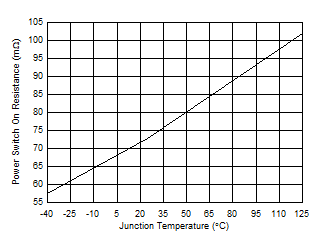
| V(IN) = 5 V |
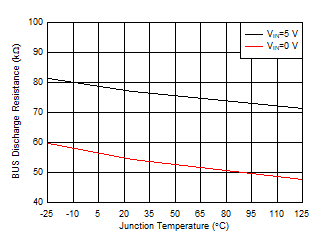
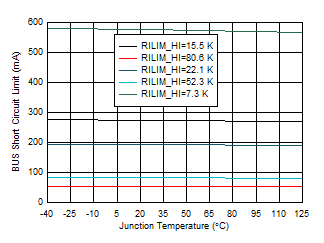
| V(IN) = 5 V |
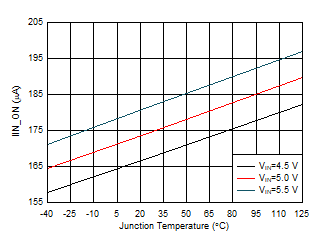
| ILIM_SEL = High |
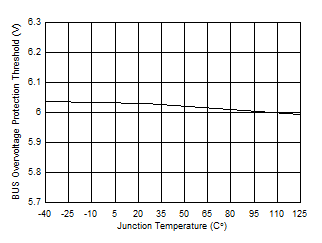
| V(IN) = 5 V |
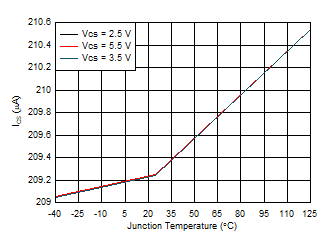
| VIN = 5.5 V | IBUS = 0.5 A |
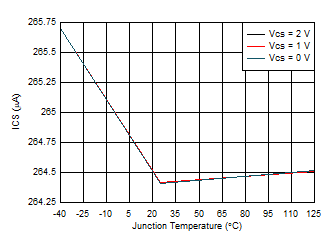
| VIN = 4.5 V | IBUS = 0.5 A |
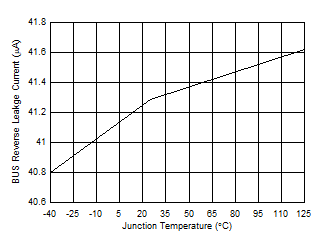
| V(OUT) = 5 V | Measure I(BUS) |
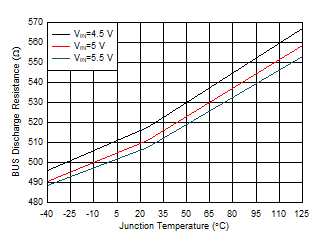
A.
Figure 6-4 BUS Discharge Resistance (Mode Change) vs Temperature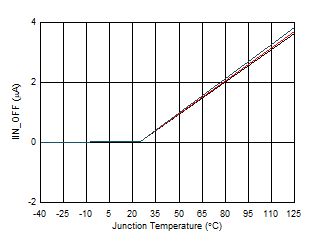
| ILIM_SEL = High |
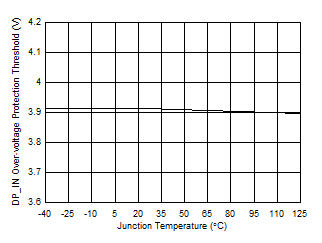
| V(IN) = 5 V |
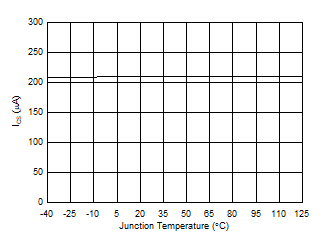
| IBUS = 0.5 A | V(CS) = 2.5 V |
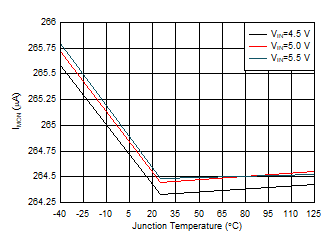
| IBUS = 0.5 A | V(IMON) = 2.5 V |
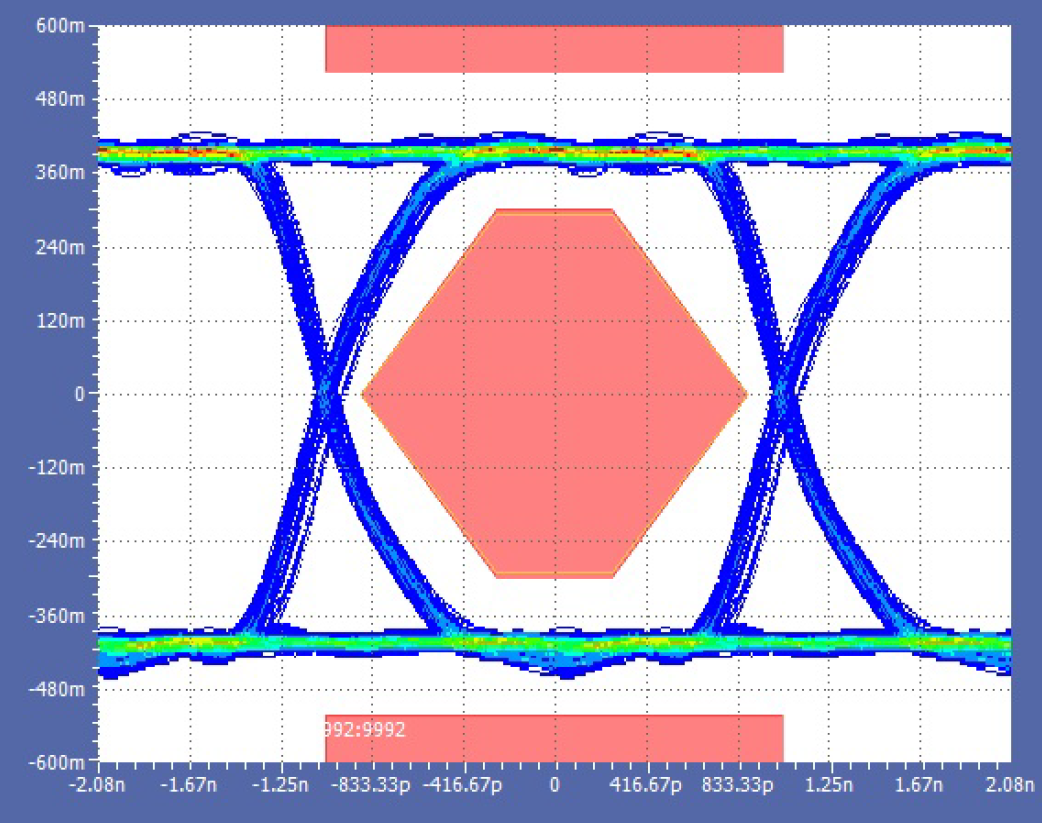
| Measured on EVM with 10-cm cable | ||
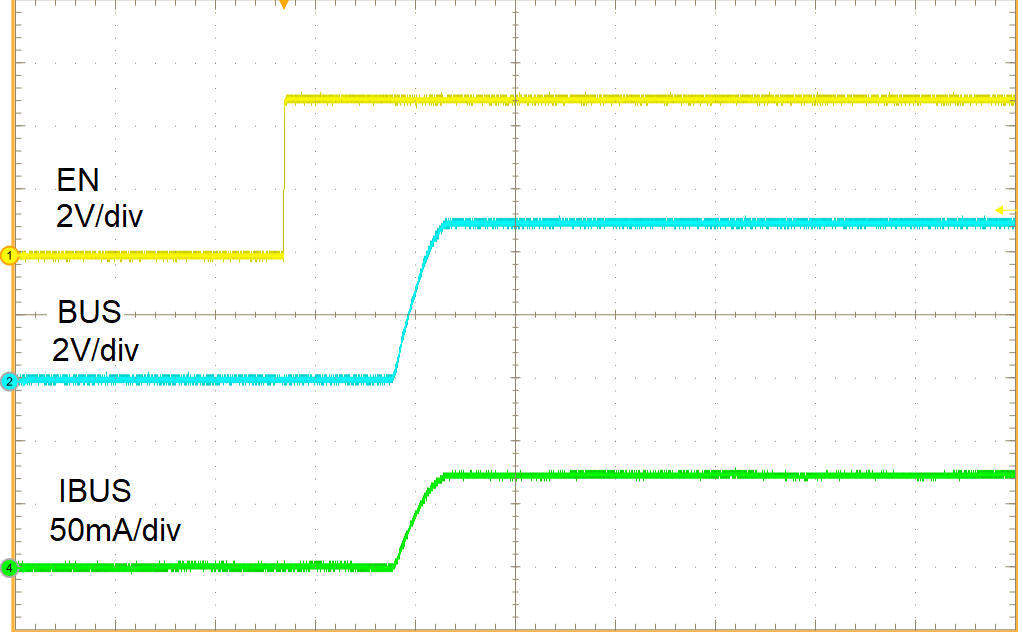
| R(LOAD) = 68 Ω | C(LOAD) = 10 µF | t = 5 ms/div |
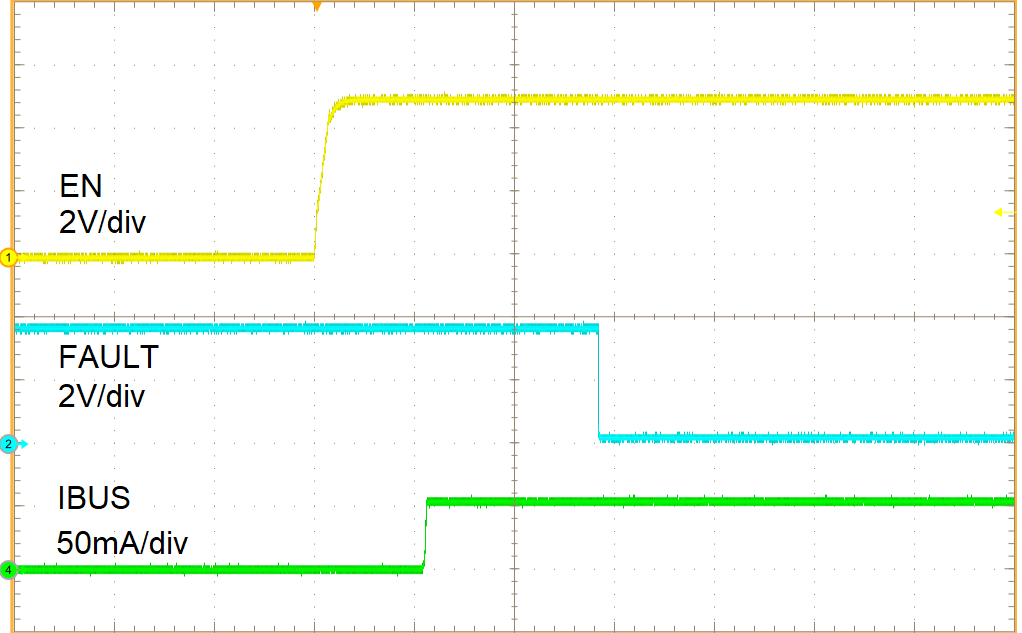
| R(ILIM_LO) = 80.6 kΩ | t = 5 ms/div |
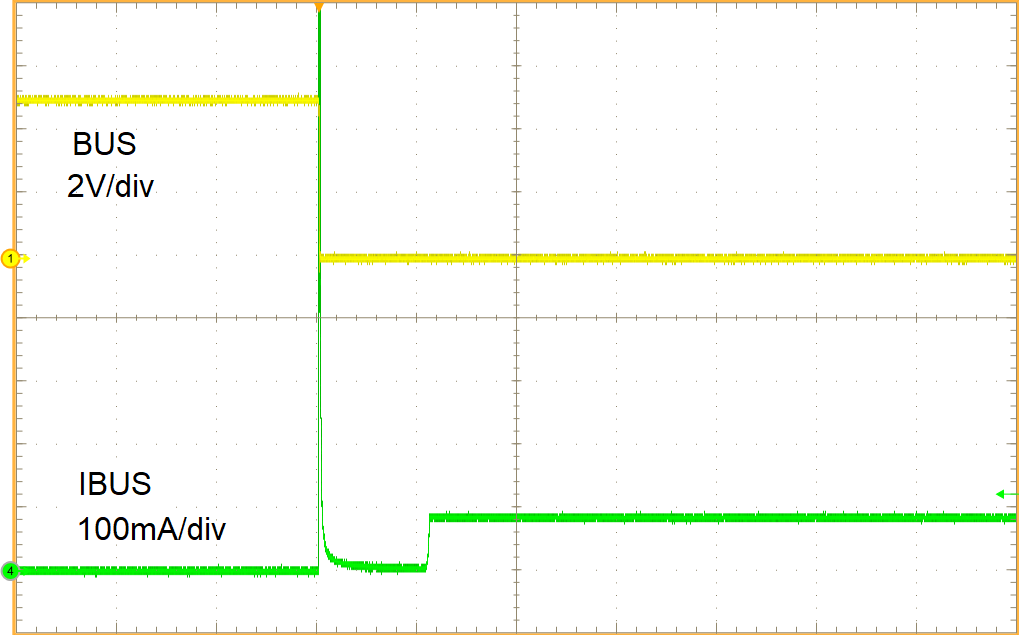
| R(ILIM_HI) = 52.3 kΩ | R(short) = 50 mΩ | t = 5 ms/div |
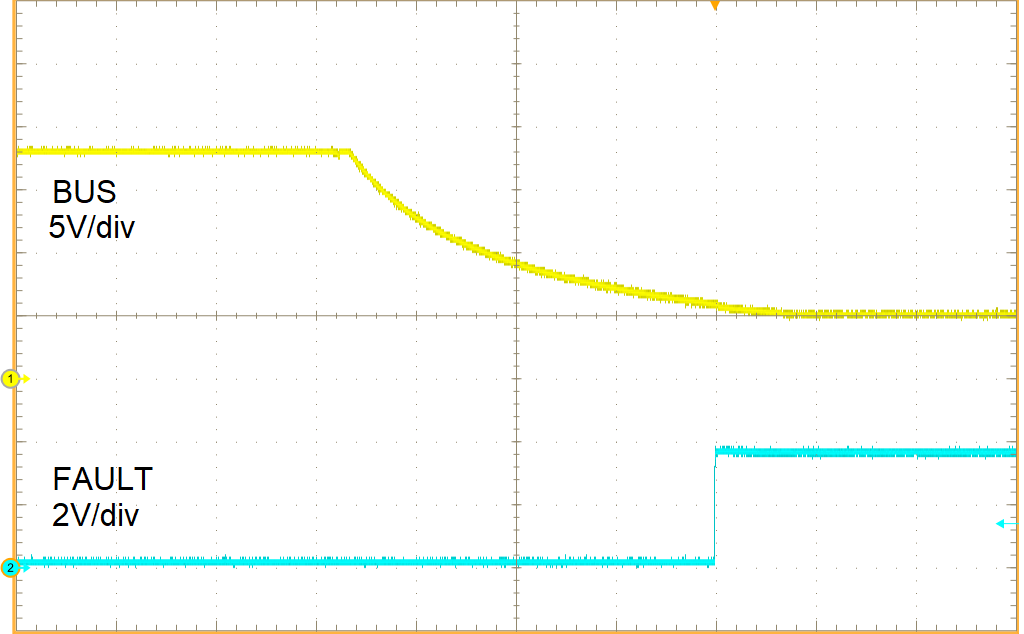
| t = 20 ms/div |
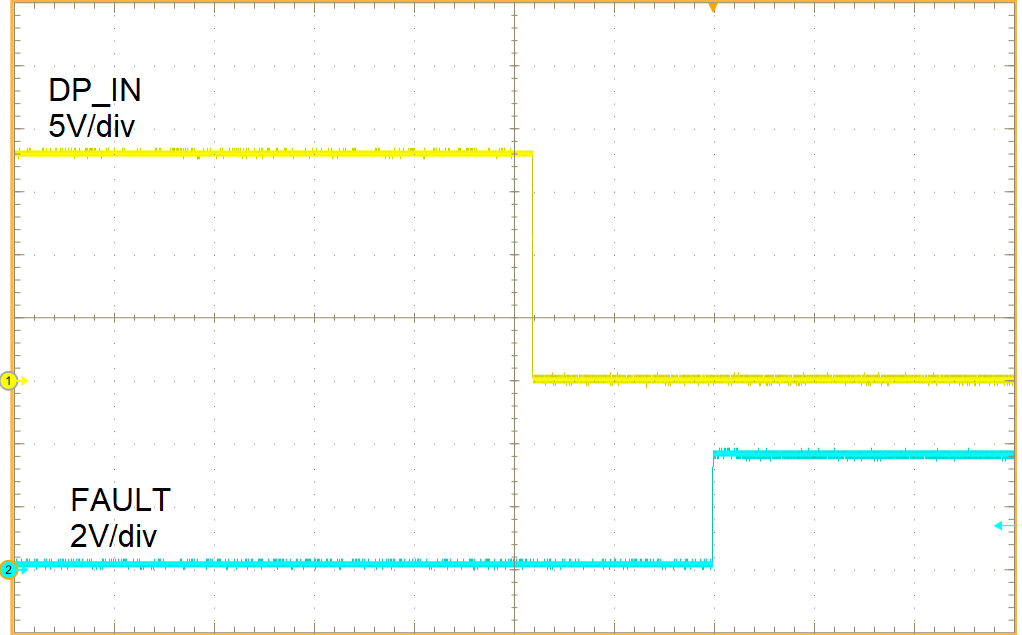
| R(BIAS) = 5.1 kΩ | t = 20 ms/div | |
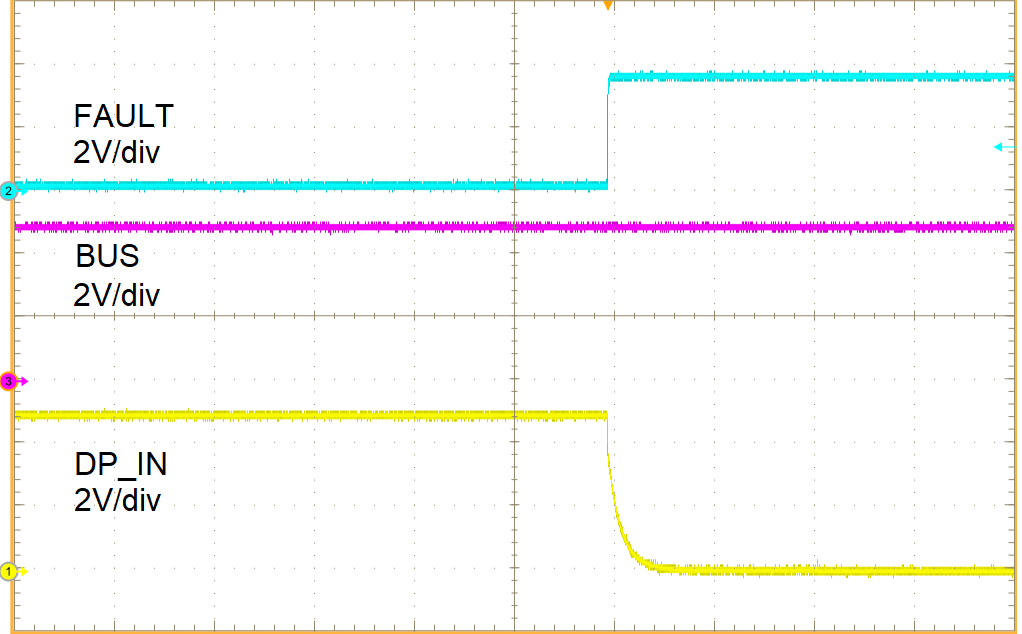
| R(BIAS) = 5.1 kΩ | t = 2 ms/div | |
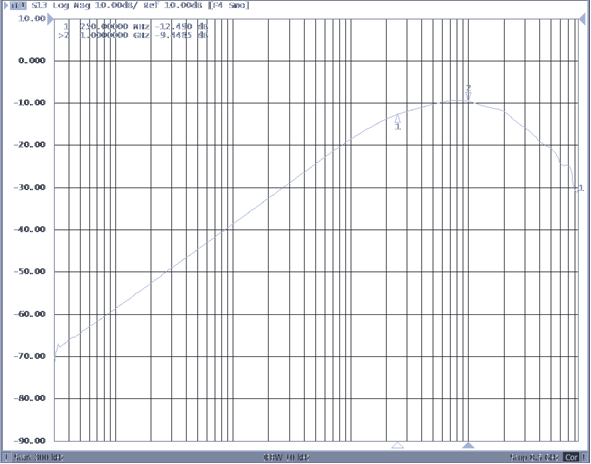
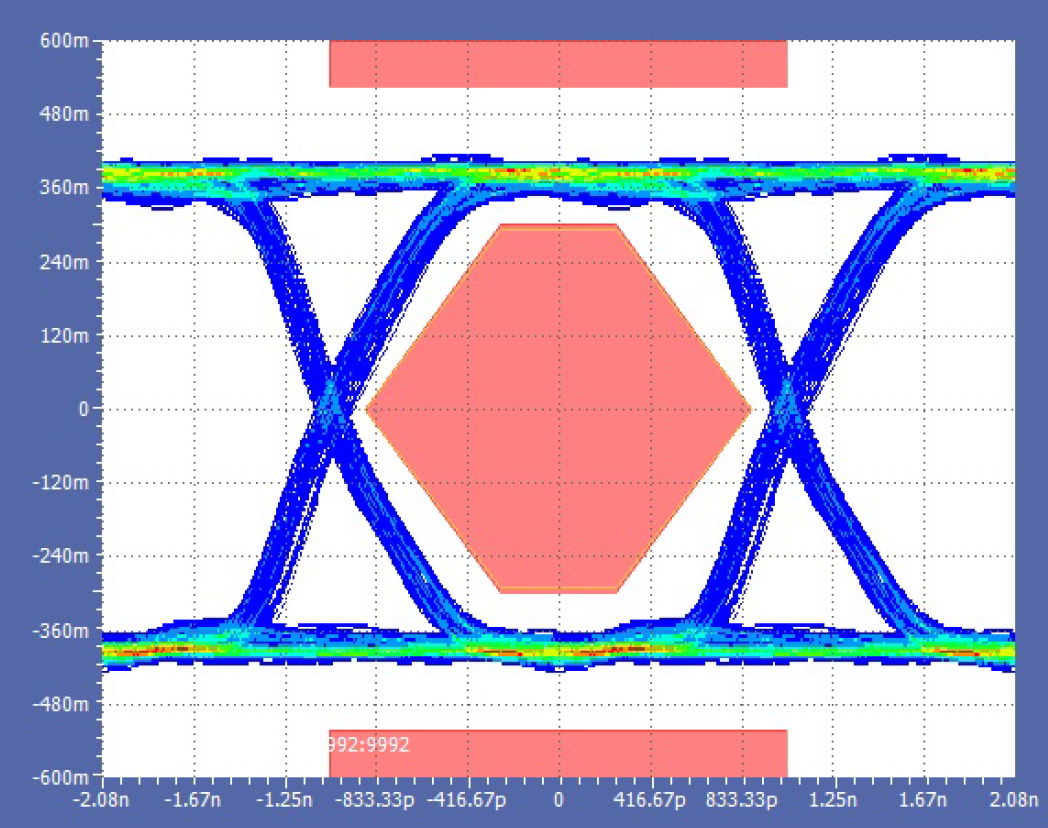
| Measured on EVM with 10-cm cable | ||
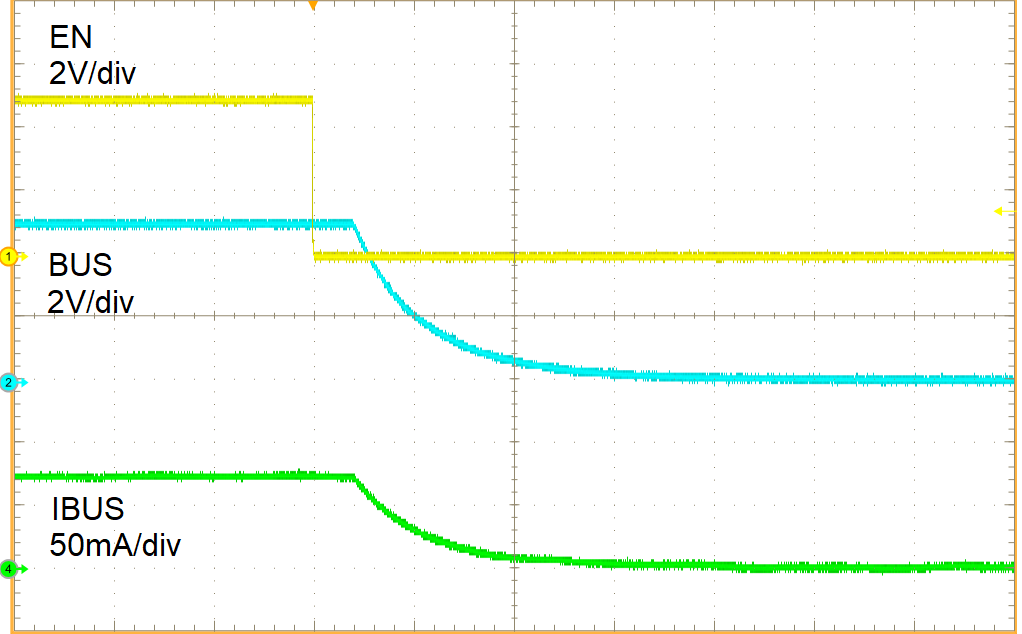
| R(LOAD) = 68 Ω | C(LOAD) = 10 µF | t = 5 ms/div |
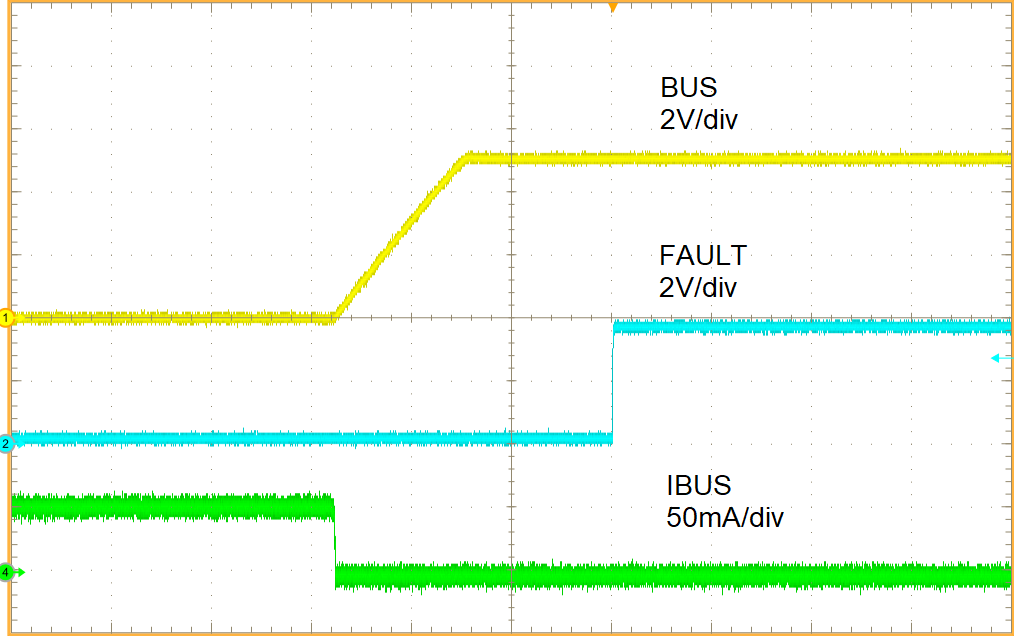
| R(ILIM_HI) = 80.6 kΩ | t = 5 ms/div |
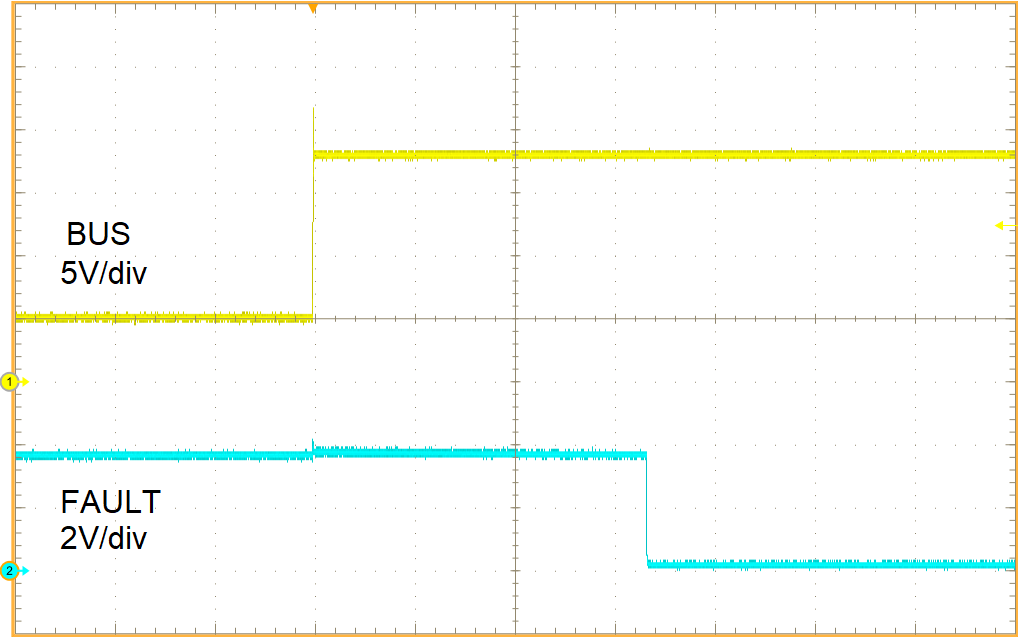
| t =5 ms/div |
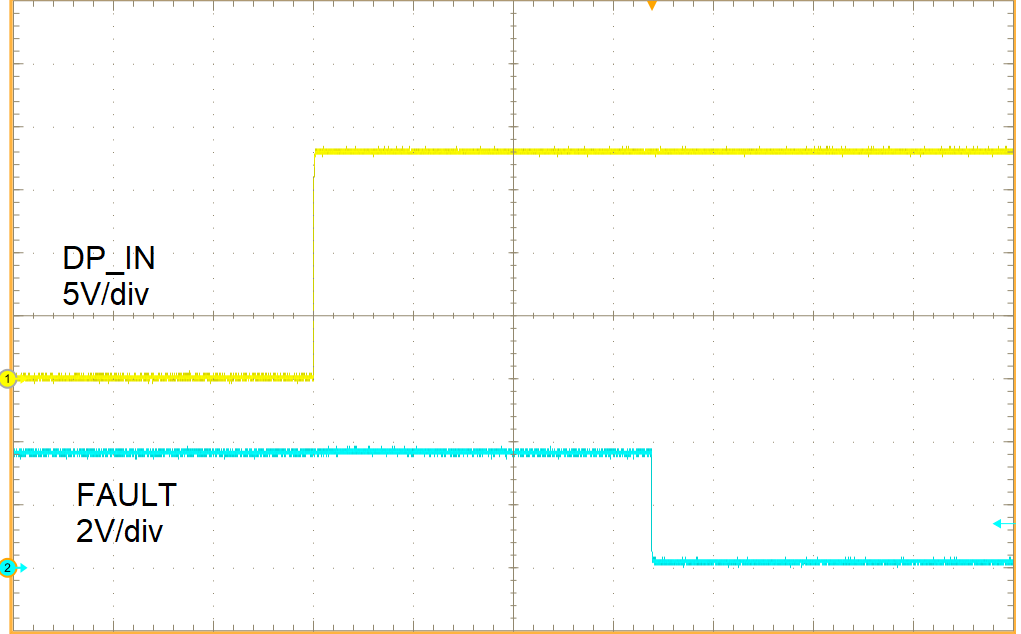
| t = 5 ms/div |
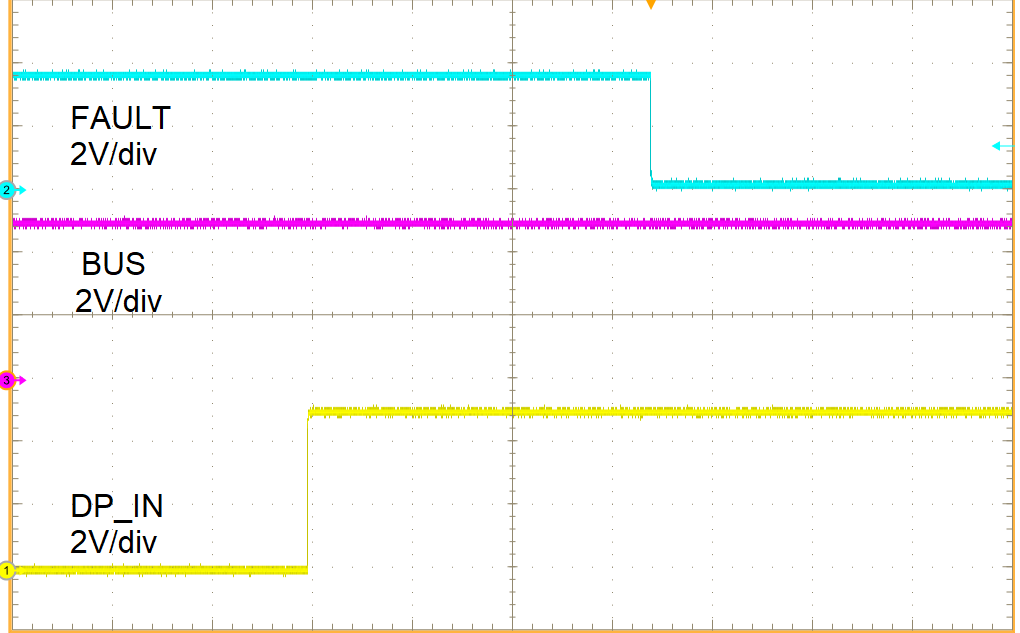
| R(BIAS) = 5.1 kΩ | t = 5 ms/div | |
